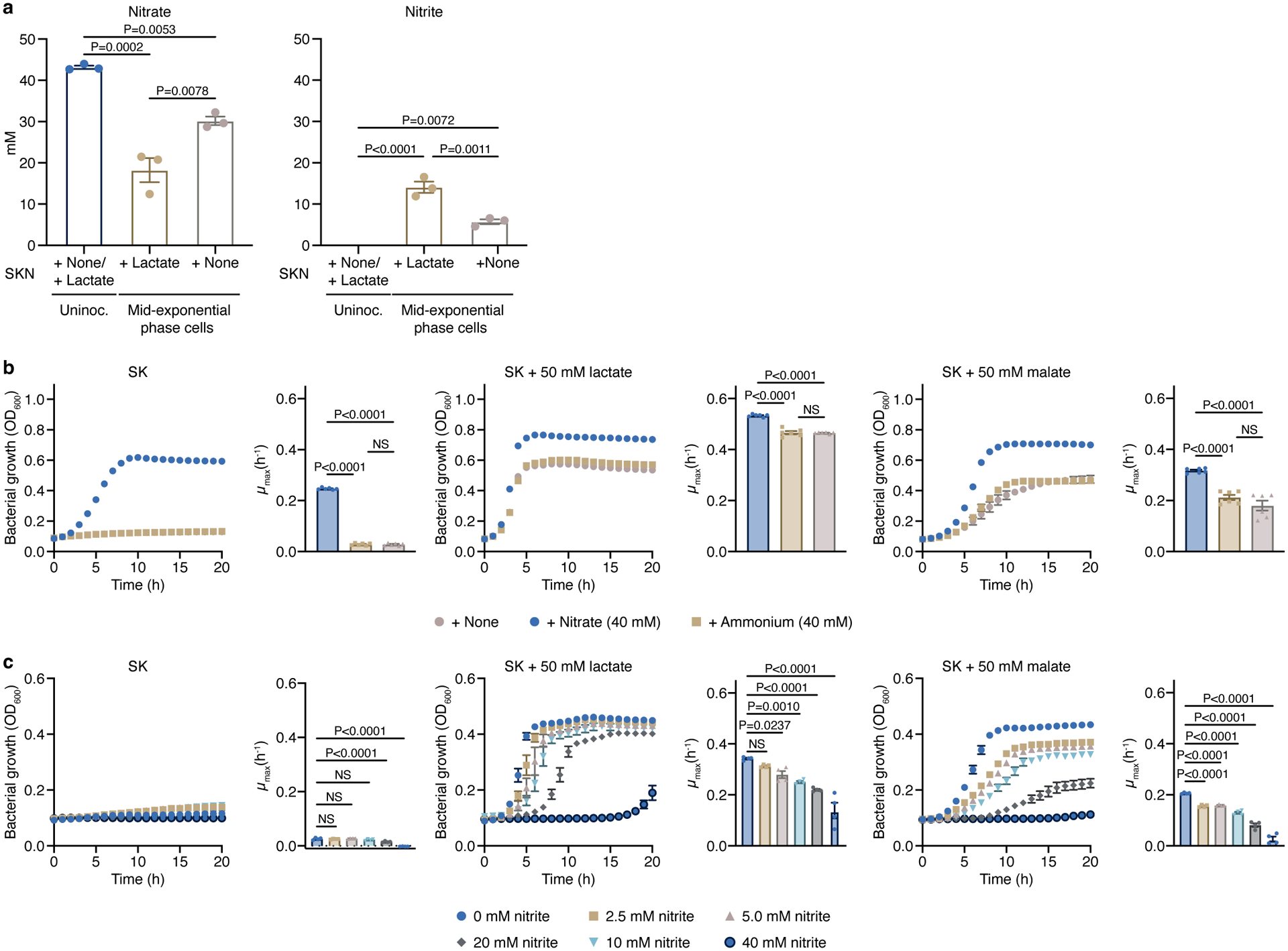Extended Data Figure 3. Nitrate metabolism in Veillonella.

a) Levels of nitrate and nitrite were measured at the mid-exponential phase in cells growing on SKN medium supplemented or not with lactate as the carbon source (n=3 biological replicates). The measured concentrations of nitrate and nitrite in the uninoculated SK medium were 43.161 ± 0.410 mM and <0.050 mM, respectively (n=3 biological replicates). b) Ammonium (n=6 biological replicates) or c) nitrite (n=4 biological replicates) were used to determine if the positive effect of nitrate on growth of V. parvula was due to nitrate being used as a source of nitrogen or an electron acceptor, respectively. Growth rates (μmax) were calculated for each growth curve. Data represent mean ± SEM, analyzed by one-way ANOVA and Tukey’s HSD test (a,b) or Dunnett’s test (c). NS, not significant.
